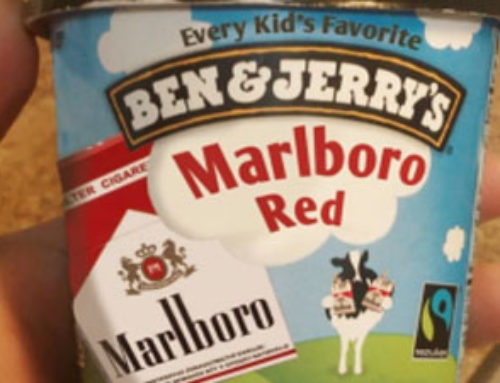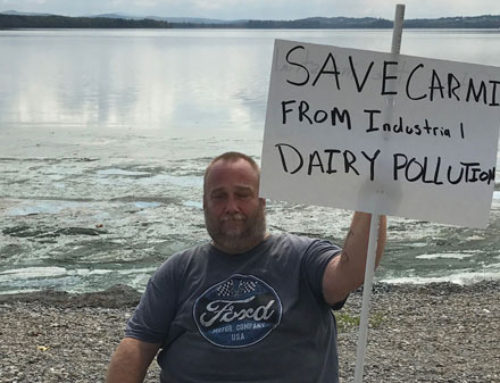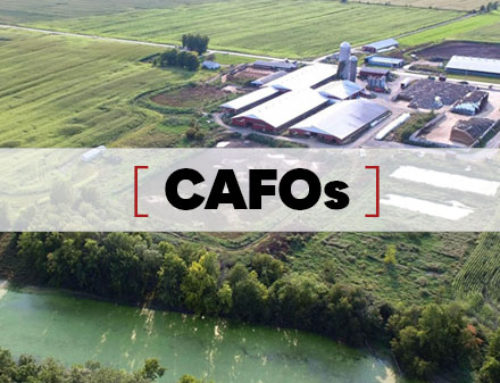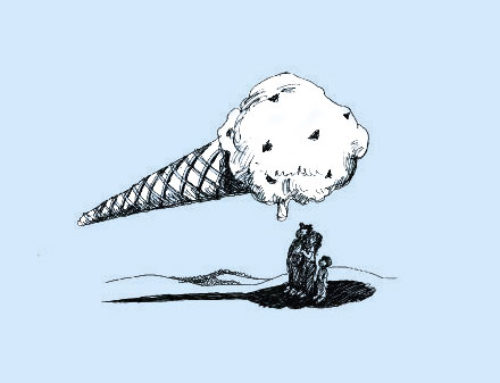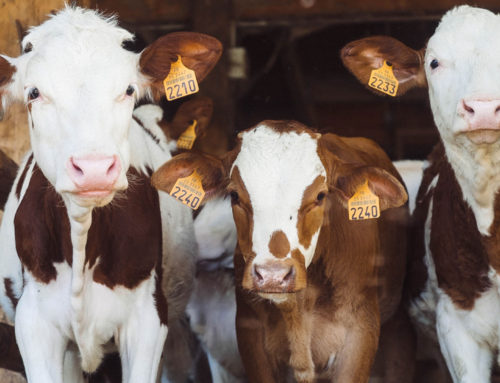Originally published in Mercy For Animals by Joe Loria
According to MSN, a new report by the International Joint Commission (IJC) found that the Great Lakes need more protection from factory farm runoff.
The IJC, an organization responsible for preventing and resolving disputes regarding lakes and rivers along the Canada-United States border, stated that voluntary measures to protect the world’s largest freshwater lakes from animal excrement have been insufficient.
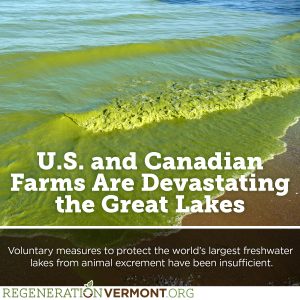 The report found the problem to be most pronounced in Lake Erie, where algae growth is out of control and has created areas where oxygen levels are so low that no plant or animal life can survive, also known as “dead zones.”
The report found the problem to be most pronounced in Lake Erie, where algae growth is out of control and has created areas where oxygen levels are so low that no plant or animal life can survive, also known as “dead zones.”The report states:
A major source of nutrient inputs to the western Lake Erie basin is concentrated animal feeding operations (CAFOs). These are livestock confinement facilities that house large quantities of animals, generating significant quantities of animal waste.
The algae growth is attributed to phosphorus-rich animal waste that runs off into waterways. This runoff also contaminates drinking water for the more than 40 million people who rely on the lakes.
To fight these problems, the IJC recommends that both Canadian and U.S. governments put legislation in place specifically to protect the Great Lakes.
This isn’t the first time pollution of the Great Lakes has been attributed to animal agriculture. A 2014 article in The Guardian highlights the spread of dangerous phosphorus algal blooms in Lake Erie that left hundreds of thousands of Ohio residents without safe drinking water. What’s more, animal excrement and other agricultural runoff from large-scale farms have polluted nearly one-third of rivers in the U.S.
To make matters worse, animals on factory farms are treated as mere machines. Undercover investigations on farms around the country have revealed a culture of cruelty: animals intensively confined, painfully mutilated, and brutally slaughtered.
